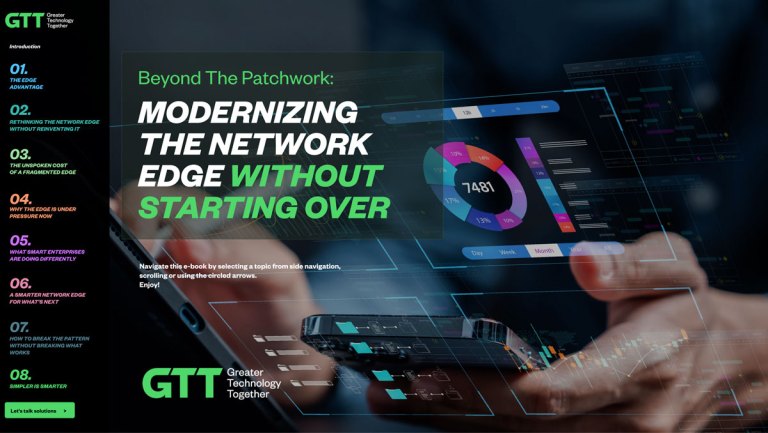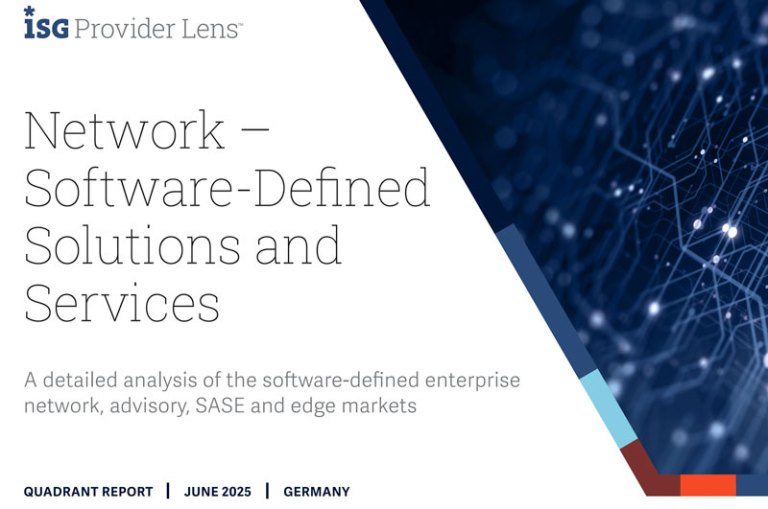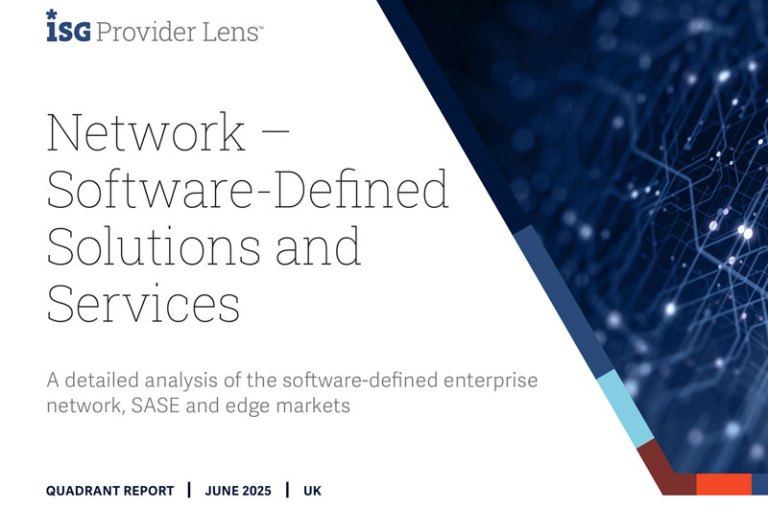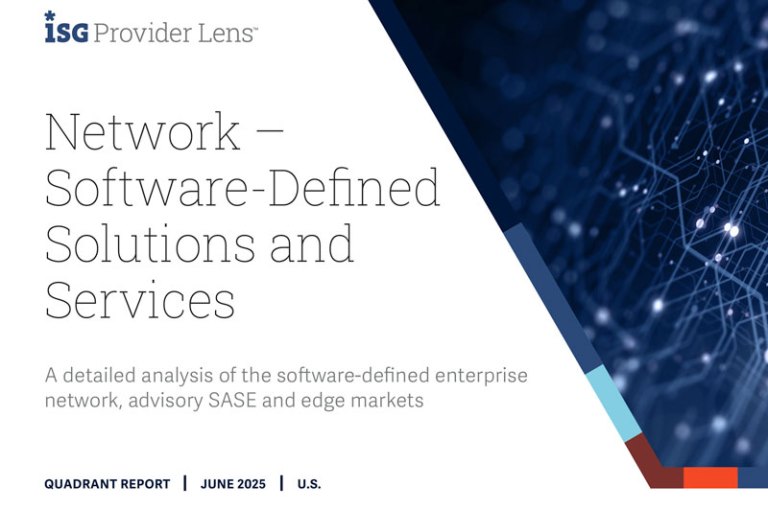The first generation of ZTNA met the needs of early remote access, but today’s hybrid environments demand more. This guide breaks down what’s changed and what enterprise access control needs to do now.
ZTNA 1.0 was designed for a simpler world. It granted access based on login, applied static rules, and offered little visibility into what users did once inside. That approach may have worked when applications lived in a single data center, and users worked from predictable locations.
But the landscape has changed.
With users everywhere and SaaS based apps spread across the cloud and legacy platforms, traditional access models can’t keep up with how fast risk evolves. They were not built to verify trust throughout the session, inspect traffic in real time, or adapt to changes in behavior and posture.
ZTNA 2.0 removes those blind spots and replaces them with continuous context, deeper visibility, and dynamic enforcement.
Inside the Guide
- The five critical limitations of ZTNA 1.0 and the resulting security vulnerabilities
- Why static, one-time access decisions fall short in hybrid work environments
- How ZTNA 2.0 enforces least privilege dynamically from Layer 3 through Layer 7
- What continuous trust verification and real-time inspection look like in practice
- How to consistently protect data and SaaS applications across cloud-native, and legacy systems
Whether you’re reevaluating your ZTNA strategy or preparing to implement one, this guide helps you benchmark your architecture against the current standard.
ZTNA 2.0: Raising the Bar for Secure Access
The first generation of ZTNA gave enterprises a starting point for secure remote access but left significant gaps—limited visibility, basic policy enforcement and inconsistent protection across apps and clouds.
ZTNA 2.0 sets a higher standard.
It’s designed for hybrid work, cloud-native architectures, and an environment where identity, device posture, and risk signals must be verified throughout the session—not just at login.
This guide outlines what that shift looks like and what it means for enterprises that need secure access to be an enabler of performance, not a bottleneck.
What ZTNA 2.0 Requires
ZTNA 2.0 is a shift in how secure access is designed and delivered. A modern, second-generation ZTNA platform should:
- Enforce least-privileged access at every layer—network, user, session, and app
- Continuously verify trust throughout the session, not just at login
- Inspect all traffic, including encrypted and previously approved connections
- Apply consistent data protection across environments and user roles
- Secure all applications whether SaaS, self-hosted, or hybrid cloud
This guide unpacks how each of these elements works and what to look for in real-world implementations.
Download the Guide
Get your access ZTNA 2.0: The New Standard for Securing Access.
See how next-generation ZTNA raises the bar and how to assess whether your environment is ready to meet it.

 EN
EN








